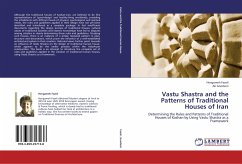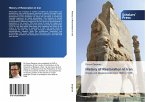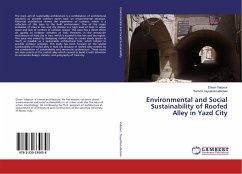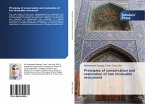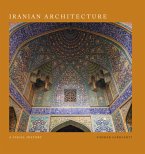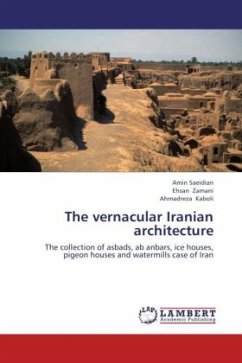High Quality Content by WIKIPEDIA articles! Ödön Lechner (Pest, August 27, 1845 Budapest, June 10, 1914) was a Hungarian architect, nicknamed the "Hungarian Gaudí". Lechner was one of the early representatives of the Hungarian Secession movement, called szecesszió in Hungarian, which was related to Art Nouveau and Jugendstil in the rest of Europe. He decorated his buildings with Zsolnay tile patterns inspired by old Magyar and Turkic folk art. The Magyar were a people that came from the east, which explains the eastern-like appearance of Lechner's buildings. He combines this with the use of materials modern for his time, such as iron. His work was submitted in 2008 for inclusion on the World Heritage List.
Bitte wählen Sie Ihr Anliegen aus.
Rechnungen
Retourenschein anfordern
Bestellstatus
Storno



